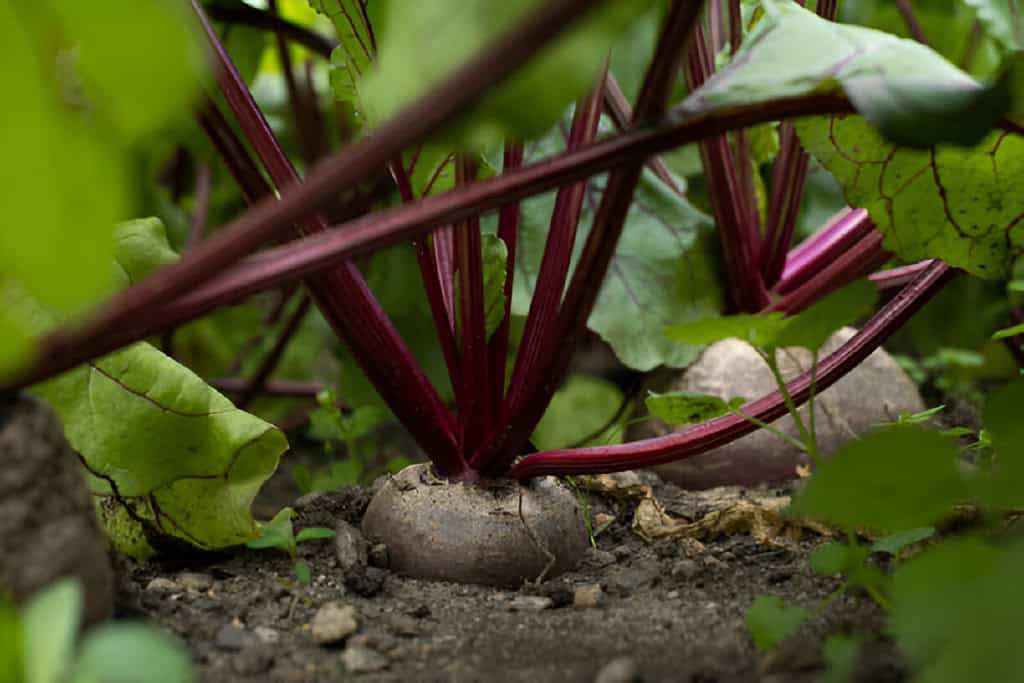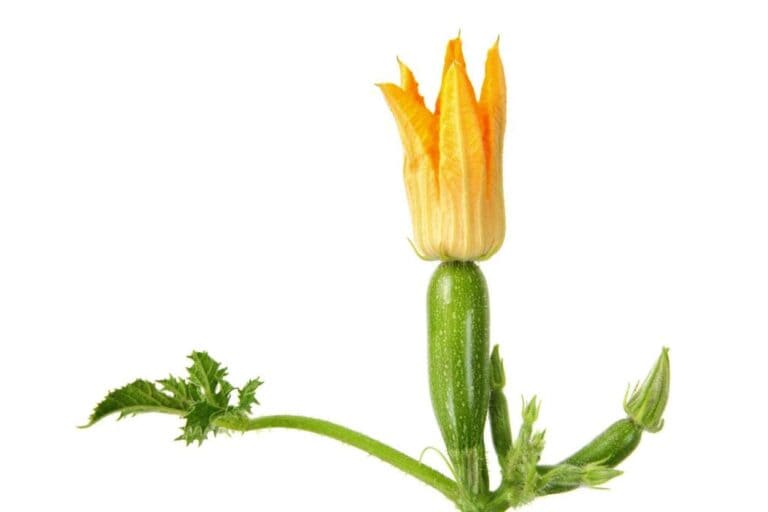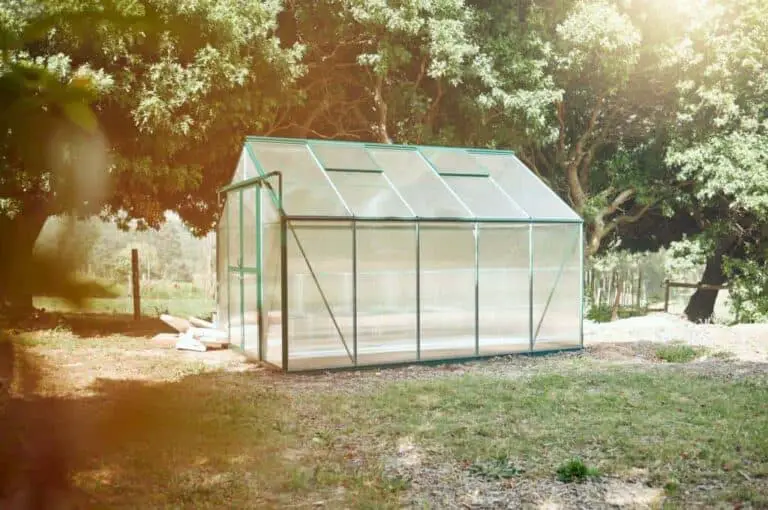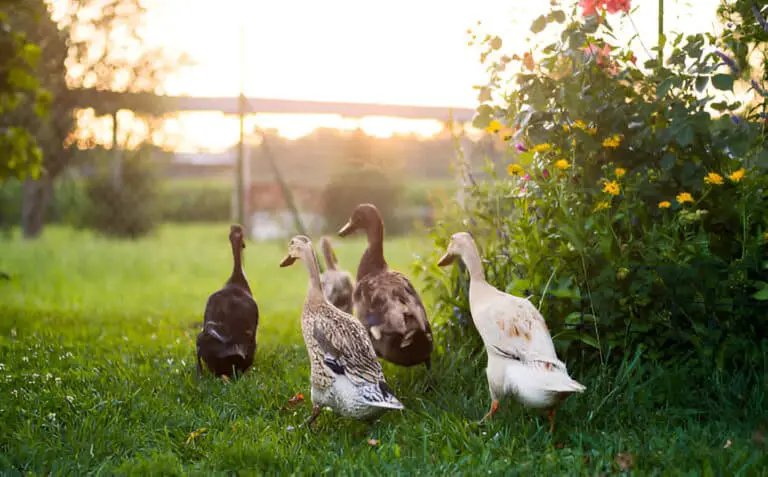How Much Soil is Needed to Grow Beets? (Depth and Spacing)

Understanding the soil requirements for growing beets is essential for a successful harvest. Beets are root vegetables that require adequate space and nutrient-rich soil to develop properly.
Have you ever wondered how much soil depth and space are optimal for cultivating healthy, vibrant beets? The answer lies in giving their roots room to expand and access nutrients. But, the soil must also be well-drained and fertile.
In this article, we’ll explore the factors that determine how much soil is needed to grow beets. These factors include depth needs, spacing advice, and soil prep tips. By understanding these basics, you’ll be able to create an ideal growing environment for your beets. This will lead to healthier plants and a larger crop.
How Much Soil is Needed to Grow Beets? (Depth and Spacing)

Beets are versatile root vegetables prized for their earthy flavor and nutritional benefits. You might grow them in a backyard garden or in containers. To succeed, understand the soil’s needs for depth and spacing.
This guide covers the best soil conditions for growing beets. It focuses on soil depth and spacing. These factors will help you grow healthy, vibrant beets in your garden.
| Read: How Much Soil Needed to Grow Tomatoes in a Pot? |
Soil Depth for Growing Beets
The depth of soil directly impacts the growth and development of beet roots, which is where the edible part of the plant forms. Here’s a breakdown of the soil depth requirements based on different growing methods:
- Container Gardening:
- When growing beets in containers, opt for containers that are at least 8-12 inches deep. This depth allows enough space for the beet roots to develop without crowding. Ensure the containers have good drainage. This prevents waterlogging, which hinders root growth and causes rot.
- Raised Beds:
- For raised bed gardening, aim for a soil depth of 10-12 inches. Raised beds provide good drainage and aeration, which are beneficial for beet root development. The deeper soil allows beets to grow uniformly and reach their full potential in terms of size and flavor.
- In-Ground Planting:
- When planting beets directly in the ground, prepare the soil to a depth of 6-8 inches. Ensure the soil is loose and well-draining, as compacted soil can restrict root growth and affect beet quality. Add organic matter. This can be compost or well-rotted manure. It will improve soil structure and fertility.
Soil Spacing for Growing Beets
Proper spacing between beet plants ensures they have enough room to grow. They can develop without competing for nutrients or becoming overcrowded. Here’s how to space your beet plants effectively:
- Spacing between Rows:
- Plant beet seeds or seedlings 12-18 inches apart in rows that are spaced 18-24 inches apart. This spacing allows enough air between plants. It also makes it easy to water, weed, and harvest them.
- Thinning Seedlings:
- If you’re planting beet seeds directly in the ground, thin the seedlings to 3-4 inches apart once they have developed their first true leaves. Thinning helps reduce competition among plants and allows the remaining beets to grow to their full size.
- Interplanting with Companion Plants:
- Consider interplanting beets with companion plants such as lettuce, carrots, or onions. Companion planting can help maximize space in the garden, improve soil health, and naturally deter pests.
Soil Preparation Tips for Growing Beets
Before planting beets, prepare the soil well. This sets the foundation for healthy growth and a big harvest. Follow these soil preparation tips:
- Loosen Soil: Use a garden fork or tiller to loosen the soil to the recommended depth. Loose soil helps roots grow. It also helps with drainage and nutrient uptake. These things are key for robust beet growth.
- Add Organic Matter: Incorporate compost, leaf mold, or aged manure into the soil to improve its fertility, structure, and water retention capabilities. Organic matter also enhances beneficial microbial activity in the soil, supporting overall plant health.
- Check Soil pH: Beets prefer slightly acidic to neutral soil with a pH range of 6.0-7.5. Test your soil pH. If it’s off, fix it using organic amendments or pH-adjusting agents. This will create a good environment for beets.
Maintenance Tips for Healthy Beet Plants
To ensure your beet plants thrive and make sweet, tender roots, follow these tips. Do so throughout the growing season.
- Watering: Keep the soil consistently moist but not waterlogged. Beets need regular watering. This is especially true in dry periods. It prevents stress and promotes even root growth. Water deeply to encourage deep root growth.
- Mulching: Apply a layer of organic mulch around beet plants to conserve soil moisture, suppress weeds, and maintain even soil temperature. Mulching also helps prevent soil compaction and erosion around the roots.
- Fertilization: Apply a balanced fertilizer or one that is higher in phosphorus (P) to promote root development and overall plant growth. Follow the manufacturer’s instructions for application rates to avoid over-fertilization, which can lead to excessive foliage growth at the expense of root formation.
Troubleshooting Soil-related Issues in Beets Cultivation
Growing beets can be rewarding, but encountering soil-related issues can hinder their growth and harvest. Nutrient deficiencies or excesses are common problems that affect beet cultivation.
For instance, nitrogen deficiency may lead to stunted growth and yellowing leaves, while excessive nitrogen can result in lush foliage but poor root development. Addressing these issues requires understanding the specific nutrient needs of beets throughout their growth stages.
Poor soil conditions also pose challenges. Compacted soil restricts root growth and can lead to misshapen or undersized beets. Improving soil structure with organic matter like compost enhances drainage and aeration, which are crucial for healthy beet growth.
Additionally, pH imbalance affects nutrient availability; beets prefer slightly acidic soil around pH 6.0-7.0. Testing soil pH and amending accordingly helps optimize nutrient uptake.
Recognizing symptoms of soil-related concerns is key. Yellowing leaves, slow growth, or irregularly shaped beets indicate underlying issues. Implementing a soil improvement plan based on these symptoms ensures healthier beet plants and a more abundant harvest.
Harvesting and Storage Tips for Beets
- Harvesting: Harvest beets when they reach the desired size, typically 1.5 to 3 inches in diameter, depending on the variety. Use a garden fork to gently lift the roots from the soil, taking care not to damage them.
- Storage: Remove beet greens (if attached) and store the roots in a cool, dark place with high humidity. Beets can be stored for several weeks to several months depending on storage conditions and variety.
Conclusion
Growing beets is a rewarding experience that can yield delicious, nutrient-rich roots for culinary use. By giving the right soil depth, spacing, and prep, you can grow healthy beet plants. They will thrive in your garden or containers. Follow the guidelines in this guide. They will maximize your beet harvest. Following them will let you enjoy the joy of growing your own vibrant, flavorful beets at home.






